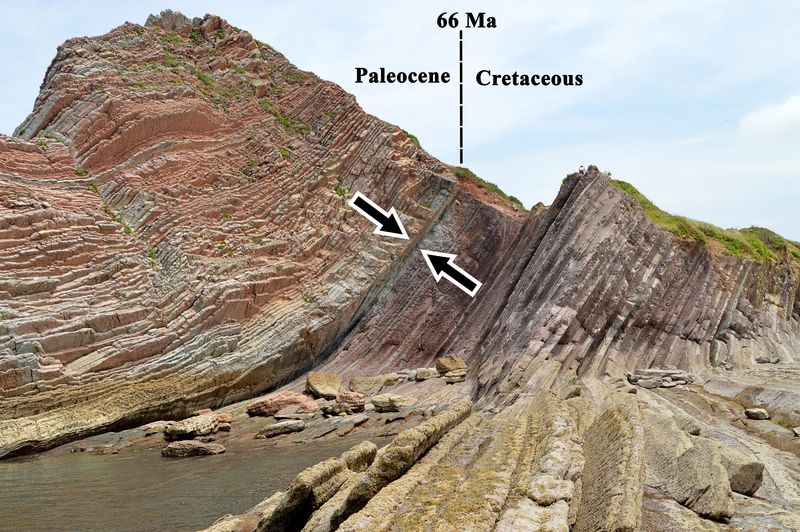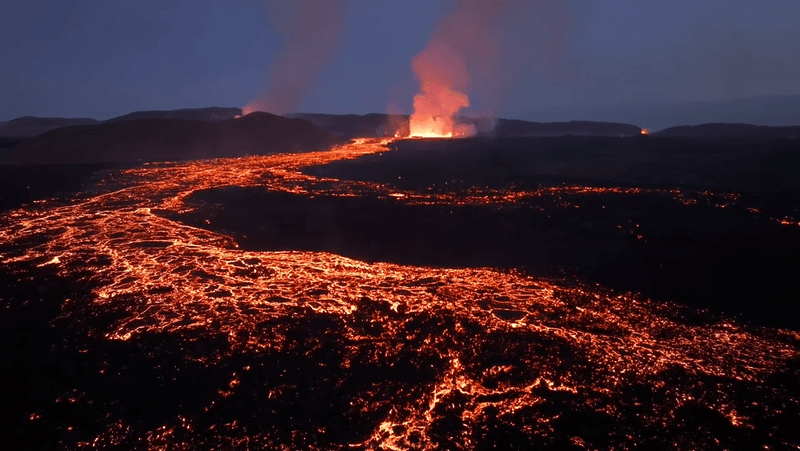Unless you've been living under an air-conditioned rock for the past week, you’ll probably be aware an extreme heatwave has hit the Pacific Northwest, with large parts of the US and Canada experiencing miserably hot temperatures.
Canada set a record temperature of 47.9°C (118°F) on Monday, while the US National Weather Service has issued excessive heat warnings for much of Washington, Oregon, Montana, and Idaho. For a part of North America known for its mild conditions, the intensity of the heat has been shocking, forcing many cities to open up refuge “cooling centers” and leaving dozens dead.
Temperatures have been so unbelievably high, many experts forecasting this week's weather suspected an error had crept into their models.
"The predictions seemed completely outlandish," Larry O'Neill, an associate professor at Oregon State University and Oregon's state climatologist, told NBC News. "They were so crazy insane that professional forecasters and people like myself thought something must be wrong with the models."
Behind this unprecedented heatwave is a weather phenomenon known as a heat dome. This involves a high-pressure system that's become parked over the Pacific Northwest, ensnaring very warm air and stopping any cool marine air from entering, like a bubbling saucepan with a lid on. The high pressure also pushes warm air downwards towards the ground and heats it further by compressing it.
According to the National Oceanic and Atmospheric Administration (NOAA), heat domes are most likely to form in North America during La Niña years — such as 2021 — when waters are cool in the eastern Pacific and warm in the western Pacific during the preceding winter. This temperature difference creates winds that push hot air eastward towards North America. Eventually, the warm air gets trapped in the jet stream, a current of air going counterclockwise around Earth, and becomes pushed over land in the Pacific Northwest.
It's known that heatwaves like this are becoming hotter, longer, larger, and more frequent as a result of human-driven global warming. It's also clear that extreme weather events will only become more common as the climate crisis continues to deepen.
"Might a heat dome have developed out West this past week without climate change? Sure. Might it have been as extreme as what we’re witnessing without climate change? Almost surely not," Dr Michael E Mann, a leading climate scientist, and Susan Joy Hassol, director of the nonprofit organization Climate Communication, wrote in an opinion article for the New York Times this week.
"The science is clear on how human-caused climate change is already affecting heat waves: Global warming has caused them to be hotter, larger, longer and more frequent. What were once very rare events are becoming more common."
Edited 02/07/2021: The seventh paragraph of this article has been edited in the interest of accuracy and clarity.




